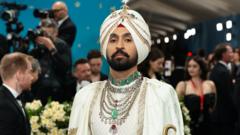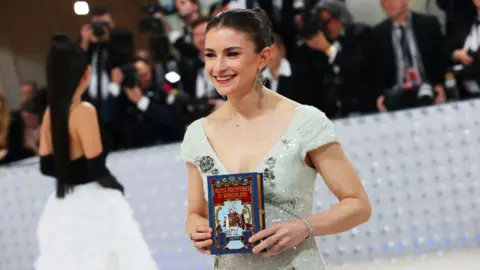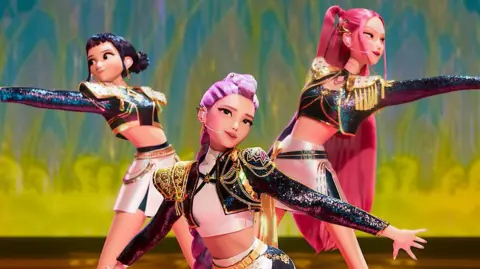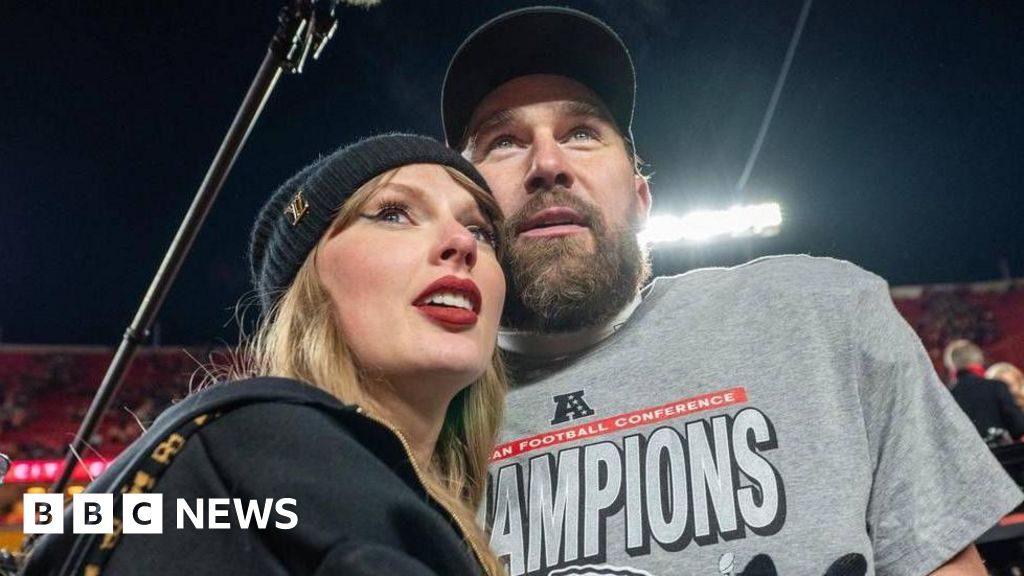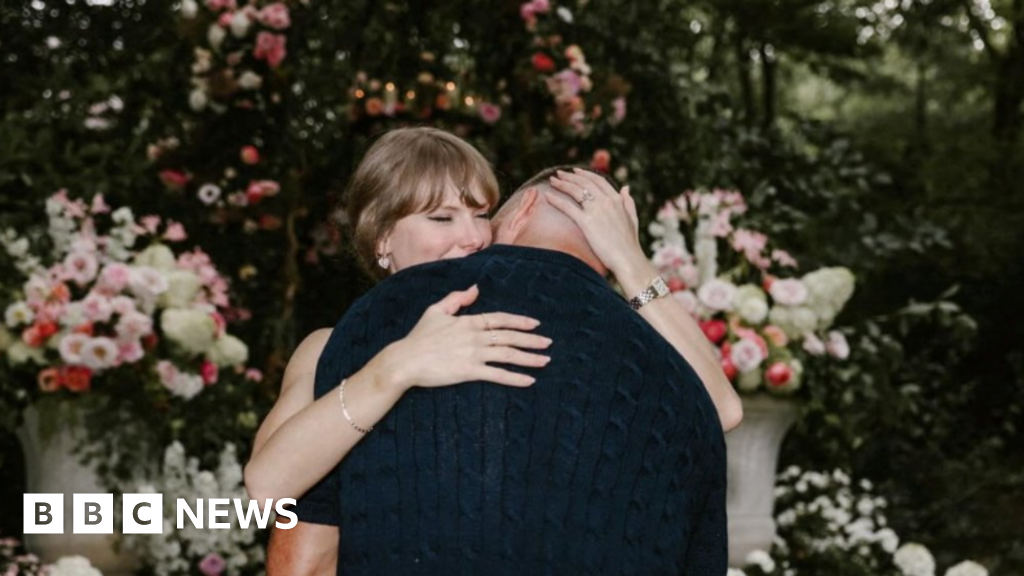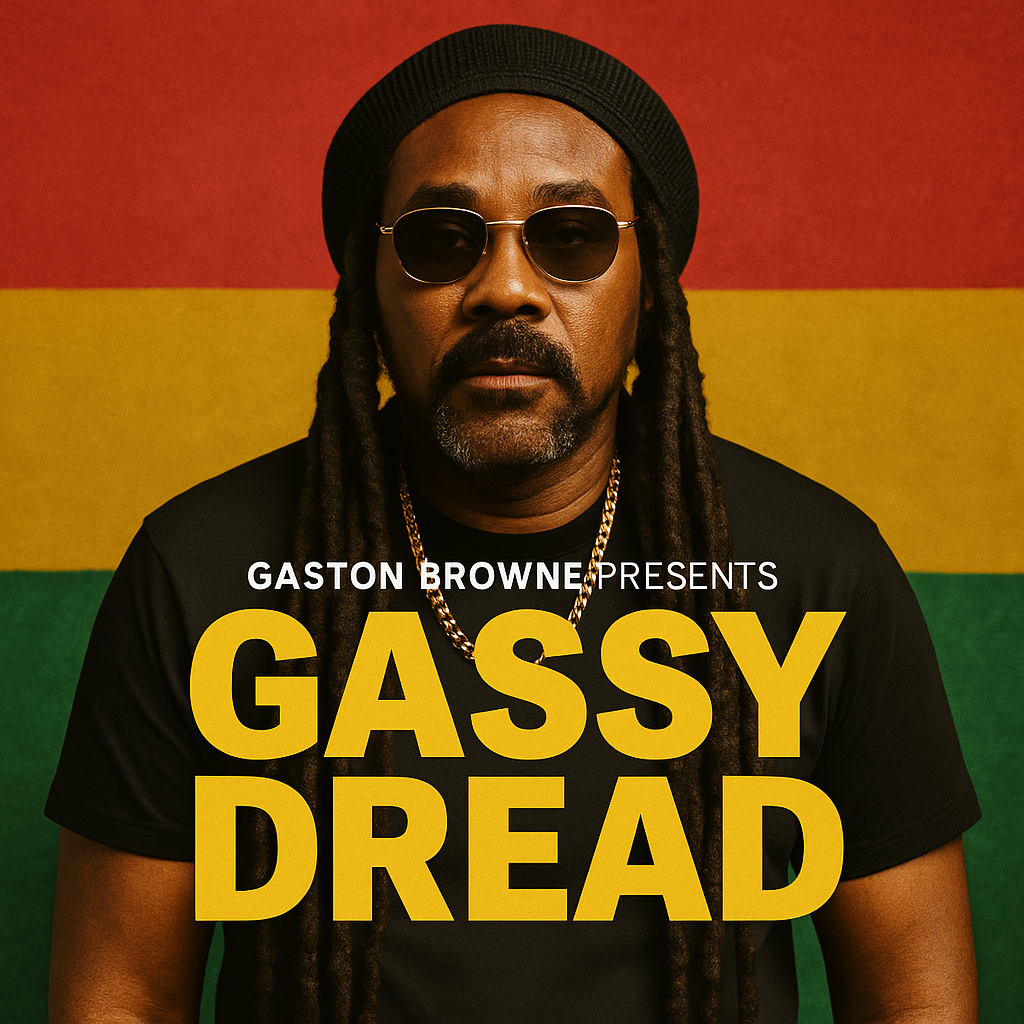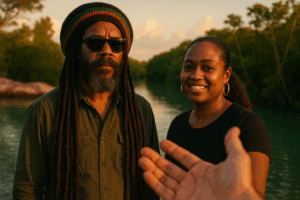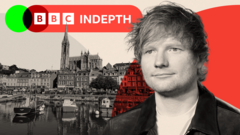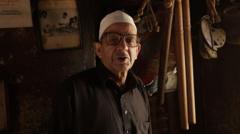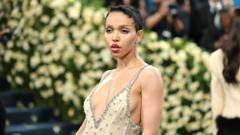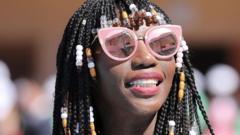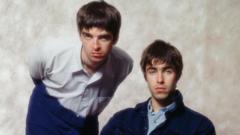As Punjabi music continues to thrive on the global stage, the tradition of bhangra is undergoing a remarkable transformation, deeply intertwined with the influence of hip-hop culture. Notably, artist Diljit Dosanjh has emerged as a fashion icon, captivating audiences with his striking style, most prominently showcased during his recent Met Gala appearance.
At the prestigious event, Dosanjh sported an opulent ivory and gold outfit reminiscent of early 20th-century maharajahs, created by designer Prabal Gurung. The ensemble, complete with a feathered turban and a diamond necklace inspired by Punjabi royalty, sparked a flurry of discussions about the blending of traditional aesthetics with modern fashion. The intricate details included a map of Punjab embroidered on his cape, symbolizing his roots while appealing to a broader audience.
Dosanjh's style evolution is indicative of a larger trend, as Punjabi hip-hop artists increasingly merge traditional clothing with contemporary designs. He is joined by a cadre of fellow musicians, each contributing unique elements to Punjabi fashion—ranging from Jazzy B's oversized jewelry to Badshah's trendy glasses and Yo Yo Honey Singh's relaxed hoodies. This dynamic fashion landscape echoes the vibrant energy of Punjabi music, characterized by high-volume beats and references to global luxury brands.
The influence of these artists transcends regional boundaries, resonating with the Sikh diaspora and captivating diverse audiences worldwide. The merchandise associated with Dosanjh's world tour sold out rapidly, highlighting the demand for styles rooted in Punjabi culture yet peppered with modern flair. Cultural experts attribute this shift to the West's pop-culture impact, suggesting that Punjabi identity has evolved from its agrarian origins into symbols of global consumption and aspiration.
Furthermore, the evolution of Punjabi fashion reflects broader cultural shifts, as musicians infuse modern hip-hop elements into traditional music, creating a fusion that resonates with a younger generation keen on self-expression. The fashion choices of Punjabi artists not only reflect personal style but also signify a redefinition of cultural identity—merging what it means to be Punjabi in a globalized world.
Even at local bhangra performances, traditional attire of "dhoti-kurta-koti" has given way to modern performance outfits incorporating sneakers and graphic tees. Garments inspired by music stars have become cultural signatures, with new generations embracing styles that emphasize individuality and creativity. Fashion stores in Punjab, like those owned by Harinder Singh, now carry accessories that resonate with the changing landscape, showcasing turbans and jewelry popularized by music icons.
This vibrant intersection of rhythms, styles, and identities paints a picture of Punjabi culture as dynamic and evolving. In this resurgence, the rootedness of traditional aesthetics meets the eclectic, ever-changing nature of global fashion, inviting new interpretations of what it means to express one's cultural heritage. Music and fashion are reinventing the Punjabi identity, celebrating hybridity while maintaining an intrinsic link to their roots—an exciting evolution that continues to captivate audiences worldwide.

